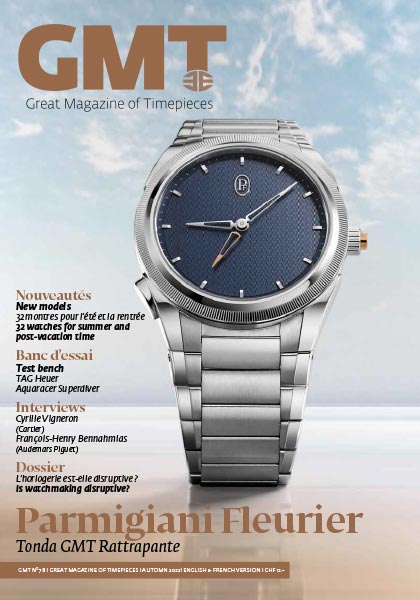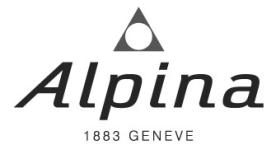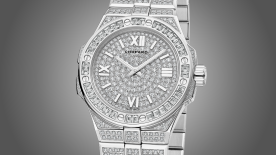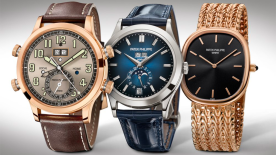Hardly anybody remembers the original Seastrong, launched almost 60 years ago now, and it’s simply unfindable today. The Seastrong collection was probably eclipsed almost as fast as it was launched by emblematic watches that swept the board as far as dive watches were concerned at the time: Rolex, Blancpain, Panerai, Doxa and the like. However, in 2002 the Alpina brand joined the Frederique Constant group, and its founders Peter and Aletta Stas set about rebuilding the reputation of the sleeping beauty dreaming of its long-forgotten glory days. First to be reissued was the unmissable Alpiner (for use on land), then the Startimer pilot watch, before the call of the sea beckoned and the Extreme Diver and then the Seastrong were released: the first modern dive watches of the new Alpina era.
The recipe applied to Alpina in general and the Seastrong in particular was exactly the same as that used in Frederique Constant’s overall strategy: a classic, well-finished watch with a history to match at an unbeatable price. This explains why Alpina opted to begin the relaunch of the Seastrong with a quartz movement before adding mechanical movements as the years went by.
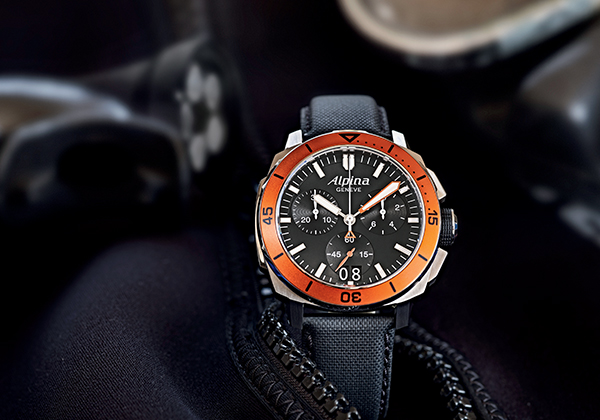
More for less
For the Seastrong, Alpina was careful to maintain the perceived value of the new collection as high as possible — in other words, to deliver what the Englishspeaking world refers to as value for money. In a nutshell, the idea is to deliver as much as possible at the lowest possible price. Alpina thus pulled out all the stops to make the Seastrong a generous model, starting with its generous proportions: 44mm. The case is cushion-shaped, something that’s far from standard in the world of dive watches: only Panerai had made it something of its hallmark before Alpina appropriated it too. This gives wearers the impression of having a genuine diving instrument on their wrists; in addition to providing reassurance, the shape also improves readability.
Here too, Alpina doesn’t do things by halves, with sword-shaped hands and hour-markers that are both huge and luminous. The 21st century version of the Seastrong also sports another unusual feature: a large date window at 6 o’clock. While this isn’t a permanent fixture for the brand, large date complications are nonetheless a regular occurrence in Alpina collections — also to be found on some Startimers, for instance. While not widespread, the idea nonetheless makes good sense: since dive watch design is assessed largely in terms of readability, if you’re going to add a date display, you might as well make it as large as possible; even the prestigious Rolex’s ‘Cyclops’ lens concedes as much. The Seastrong achieves the same effect by having one disc for tens and another for units, located at 6 o’clock. To further enhance the perceived value of its dive watch, Alpina has also given it a crown with a rubber insert, an ultraprecise chronograph and an aluminium bezel in a choice of four different colours: burgundy, grey, navy blue, or orange — a clever way of offering four very different looks without having to do anything to the dial strap, or case.
As a WorldTempus reader, we are delighted to offer you the latest digital version of this GMT magazine that you can download here as well as the GPHG catalogue. Happy reading!
